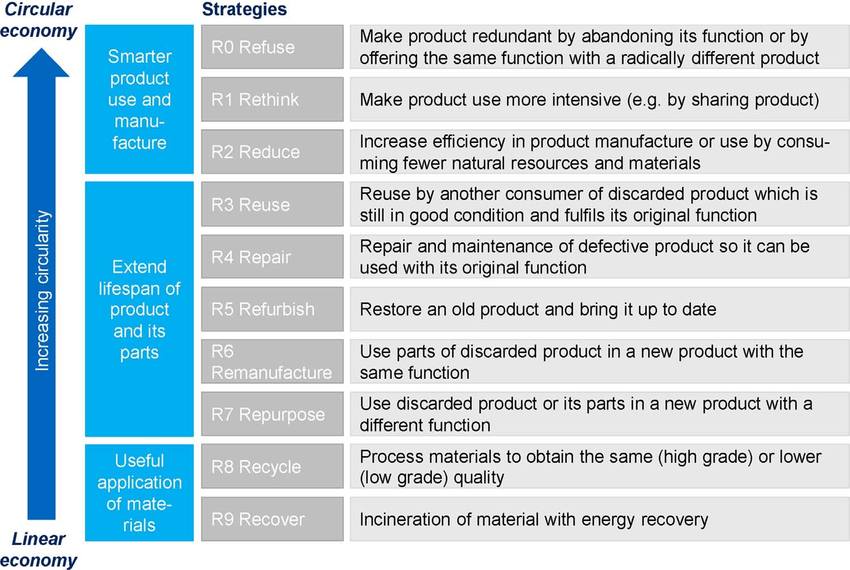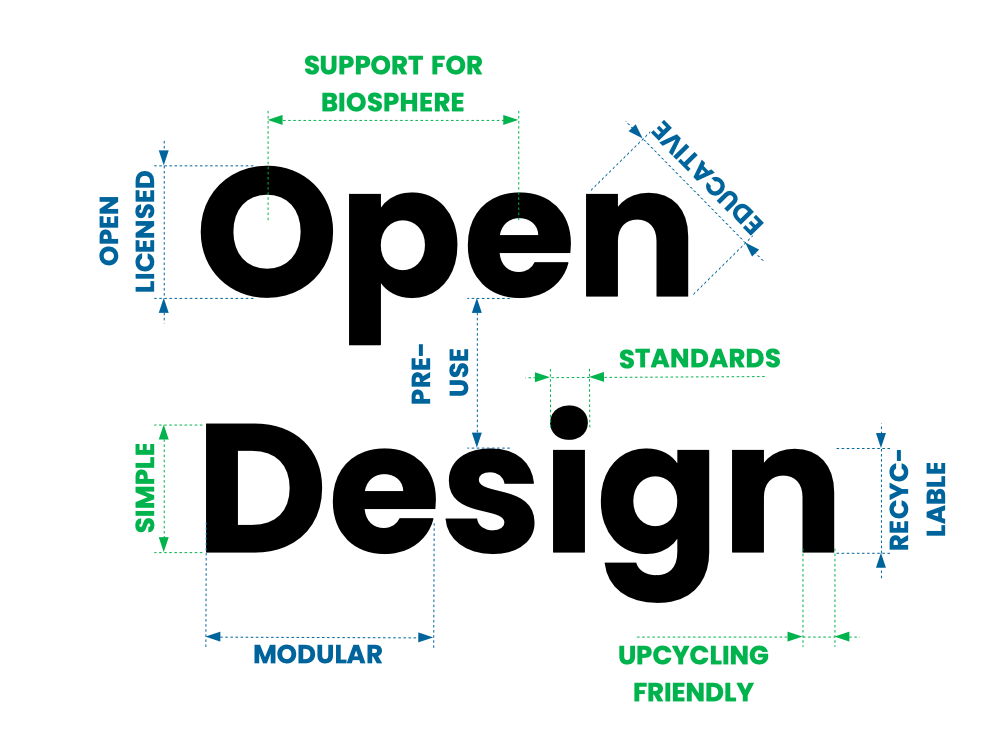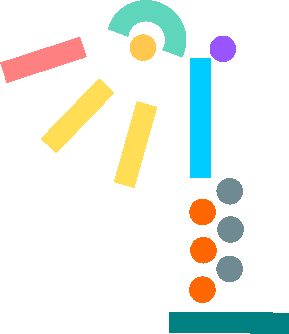Log
- Berlin, November 2022
Link
opencircularity.info/open-peru
[ o°]
*
Hi,
I am Lars Zimmermann. I teach, research and campaign for circular design and the circular economy. I run a design studio for circular design called Mifactori.
*
1 Overview
–
The talk will talk about circular design and the circular economy and tackle questions such as:
-
- Why is it good for sustainability?
- How to make the circular economy happen?
- How can you use it to strengthen local economies (in Peru)?
- How it builds resilience for example to deal with the consequences of climate change?
- What policies support this?
–
What is Circular Economy?
*
from
Take → Make → Waste
to
Take → Re⟲Make →Waste
*
Circularity is a tool that can be used for sustainability. At its core, it is about practices that deal with the extraction of resources and the use and production of products. The goal is to use the resources we already extracted much longer and therefore reduce the pressure on the environment to supply us with new virgin materials.
These practices can be summarised with the 9-R framework:
*
*
Examples:
Refuse: Plastic Straws – just don’t use straws. Replace bottles with a water cooler.
Rethink: Rent tools at the hardware store instead of buying them. / Use walls of town houses as vertical farms. / Don’t throw away banana peels but turn it into banana leather.
Reduce: Don’t use different types of plastic in a bottle go for mono material instead.
–
ReUse: Buy a stroller second hand.
Repair: Repair the wheels of a stroller and make a new cover from left over materials.
Refurbish: Update the software on your machine. / Add a new port to your device. Or use an adapter for compatibility to new USB cables.
Remanufacture: Two broken tanks turned into one that works. / Take out the motor of a lawn mower where the casing is broken and put it into a new one.
Repurpose: Take the lawn mower motor and put it into an electric wheelchair.
–
Recycle: The casing of a lawn mower is well recyclable (metal) or downcyclable (plastic to shred and use as infill)
Recover: If you the casing of the lawn mower is not designed for recycling you can still burn it.
*
This raises a big question:
*
Who carries out these practices?
These practices need to be supported/enabled by
- The design of a product. Example: screws over glues for repair.
- The IP situation of products and the information available for them. Example: is it possible to make spare parts? Is there information available about the materials used for recycling? Do I know the specifications to make a spare parts?
- The infrastructure in an economy. Example: is there a collection system/are there channels for broken devices? Are there workshops around that can do repair and refurbishment for example? Do you sort waste?
- The mindset of people. Example: are people ready for it? Do they collect? Do they accept repaired goods? Do they enjoy reuse?
- The legislation. Is it allowed to use materials from old buildings? The european commission works on legislation to have a unified charger for all smartphones for example. In Germany we have “Grüne Punkt”: Manufacturers have to pay for a system that discards products and tries to recycle them. This does not work well. But there could be legislation the incentives the use of certain recyclable materials.
This is a very very complex problem. (Especially for complex developed societies. Replacing a system – that seems to work – is much harder than building something new.) It needs many answers. But there is a guiding principle that makes a lot of things easier at once: Openness!
*
Open Design
*
*
Open Design is a collection of principles and practices that want to involve more people in the making and remaking of design. This happens through:
-
- simple design, easy to understand and make
- the use of ready made standard parts and tools
- available documentation
- open licenses
All of this lowers the hurdles to participate in circularity and therefore brings in more people.
This can be a bit abstract! Let me show you an example I work on which implements many of these things: Treegrid.
*
Treegrid: Products made from open multi-use parts
*
Legislation
Where to take inspiration for legislation? What to look for?
-
- The EU has a bunch of circular economy discussions going on.
- Complexity. All legislation that disables complexity might be good. If everyone has their own little packaging design this is a problem. If everyone comes up with a new charger this is a problem.
- Public Funding & IP “Public Money Public Code”.
- Right to repair. Is it possible to make spare parts`? Do companies have to enable the production of spare parts if they don’t do it themselves?
- Taxes: Incentives to re-use materials.
*
And climate change?
Climate change will put a lot of pressure on our infrastructure. Extreme weather might destroy cities. Constant rebuilding might be necessary? Where to source the materials for this`?
Which street light is really smart?
The „smart city“ with street lights that are technically sophisticated and networked? Or the city with open documented, accessible, easy to understand street lights? When a storm hits the city infrastructure – which lamps are easier to repair locally? When the coastline moves – which lamps are easier to dismantle, take away and put up in another region? Openness helps us to adapt!
.


